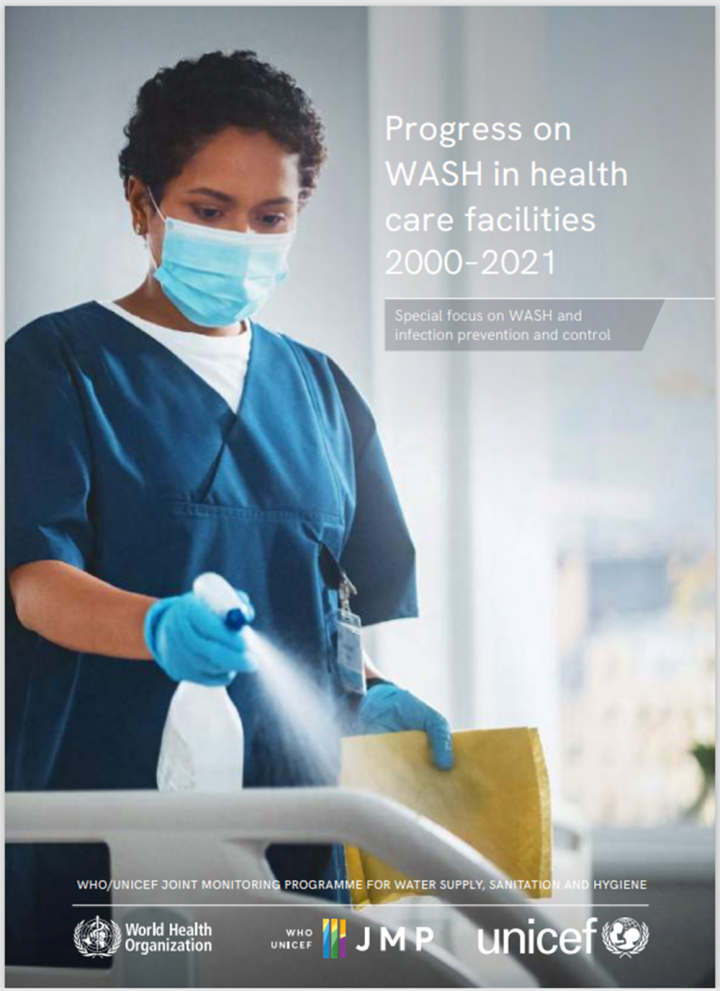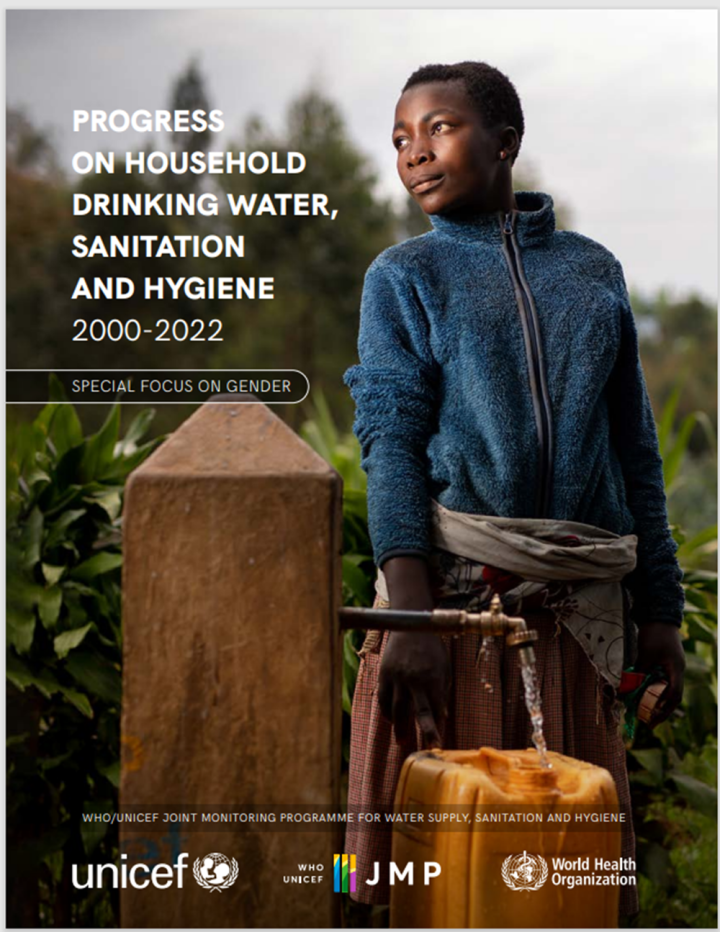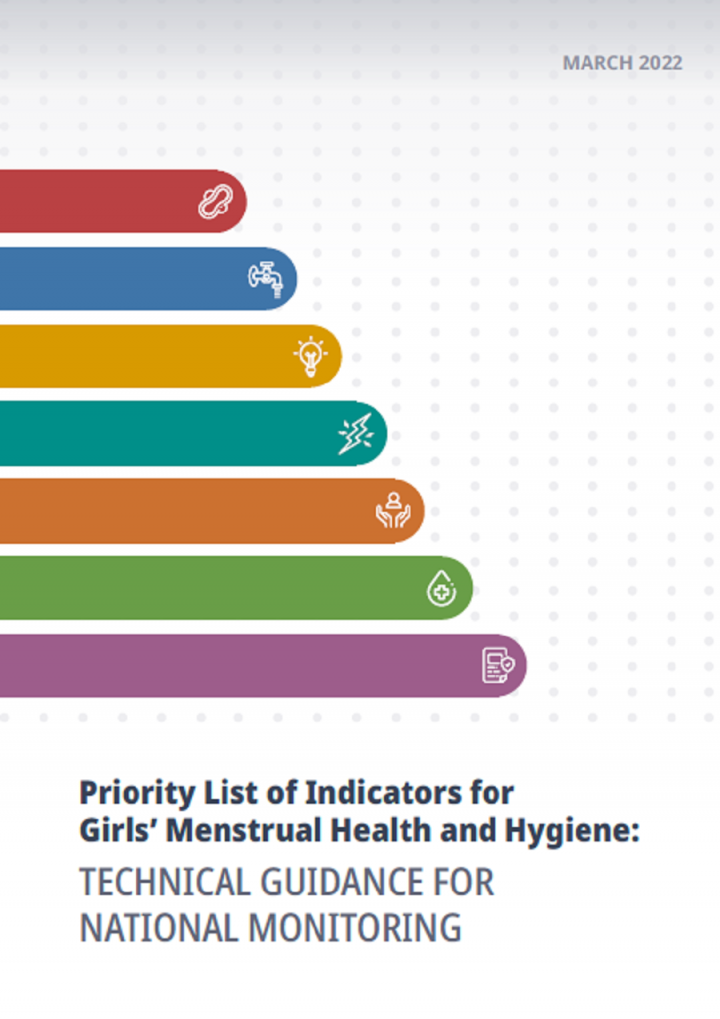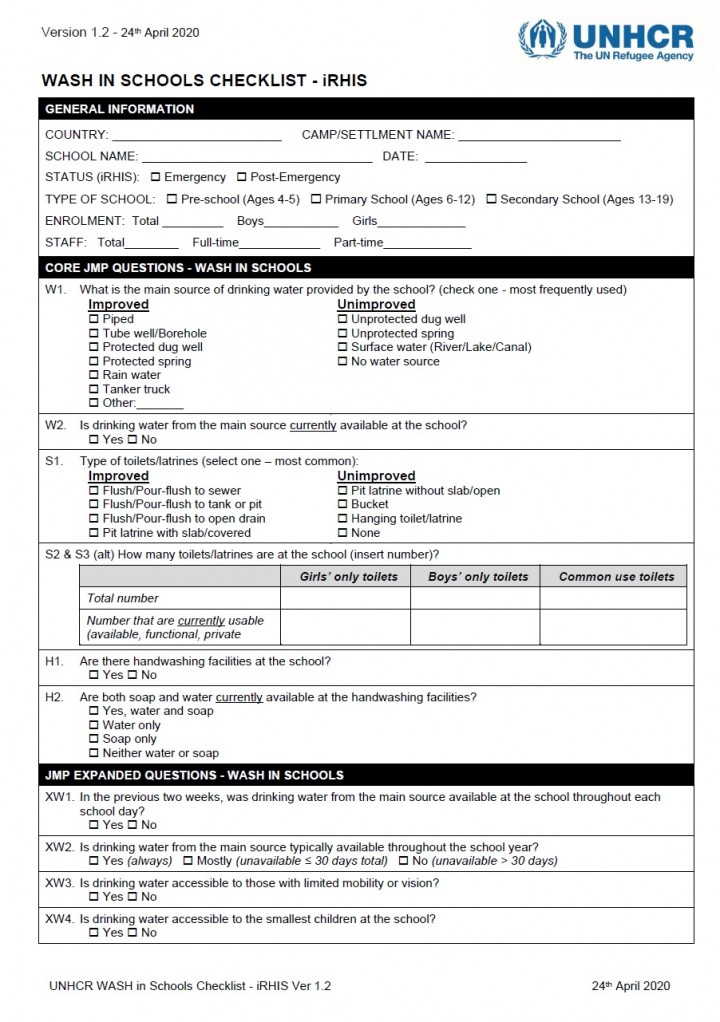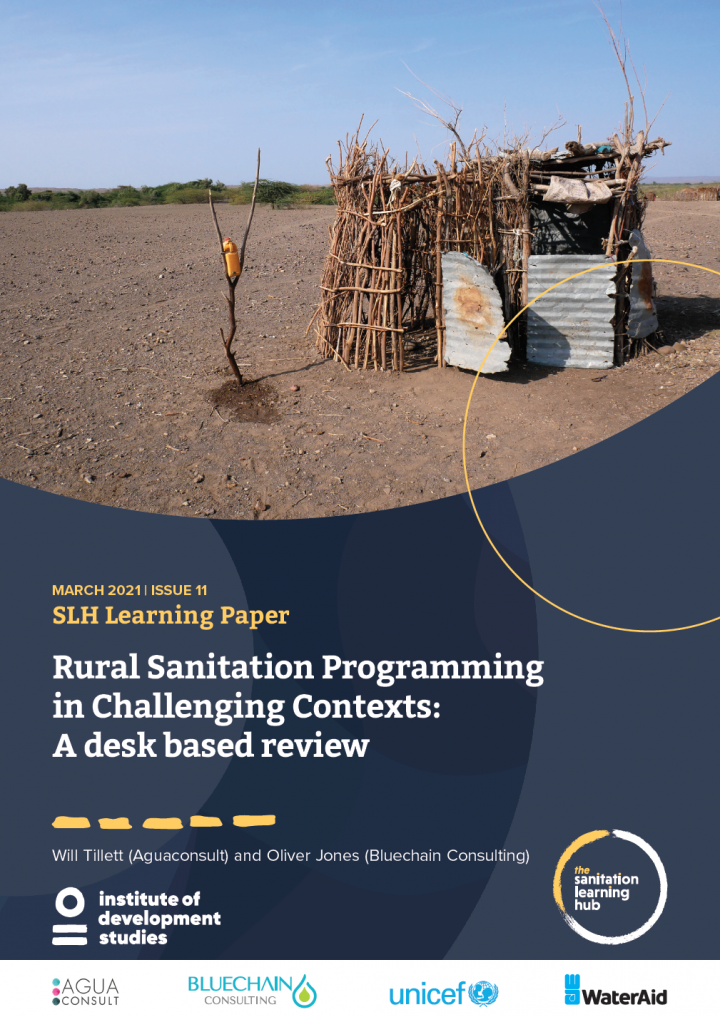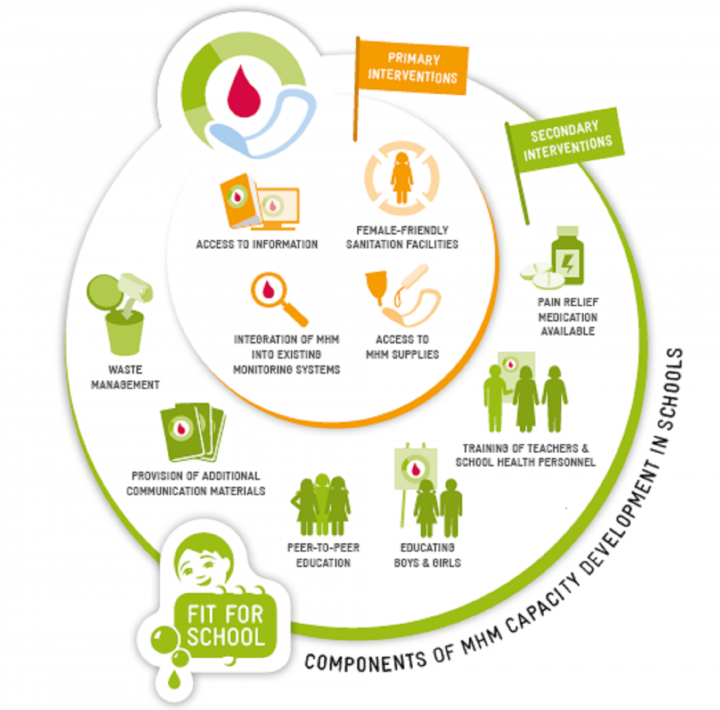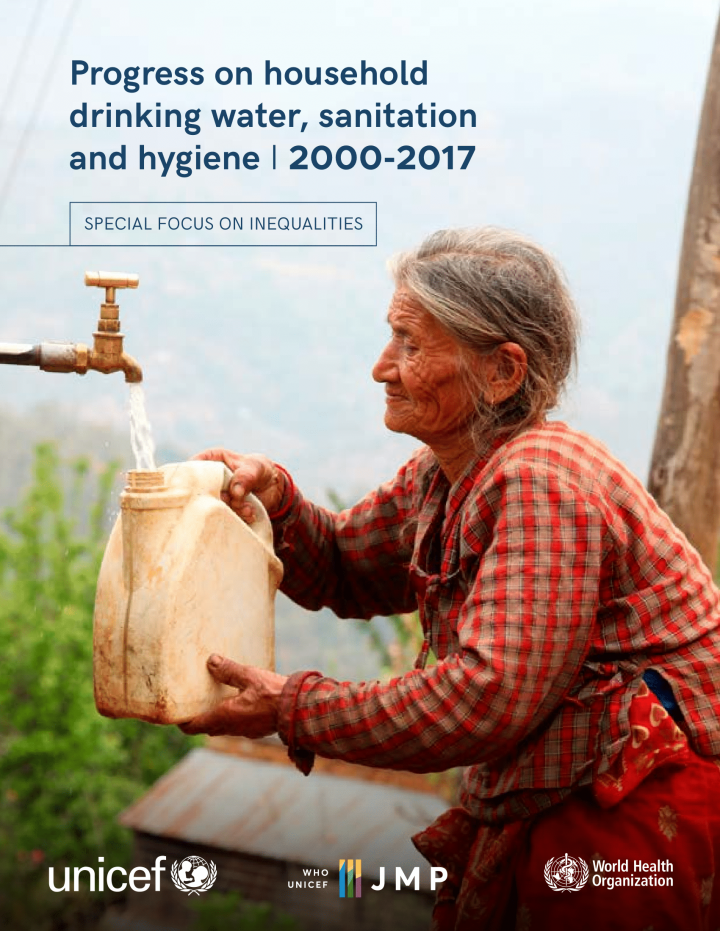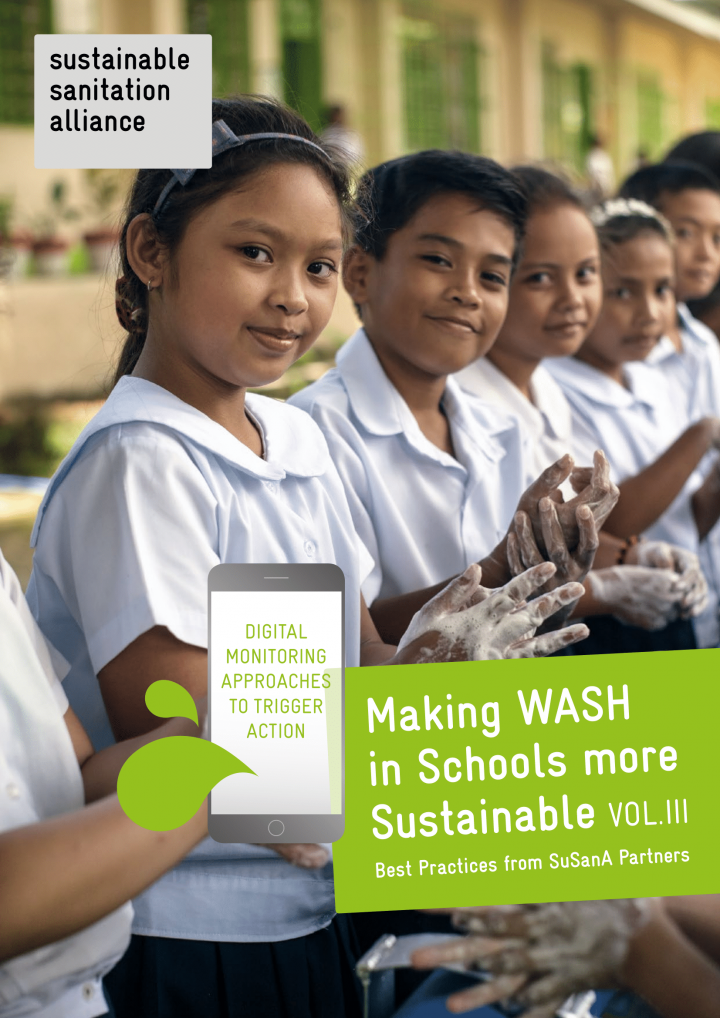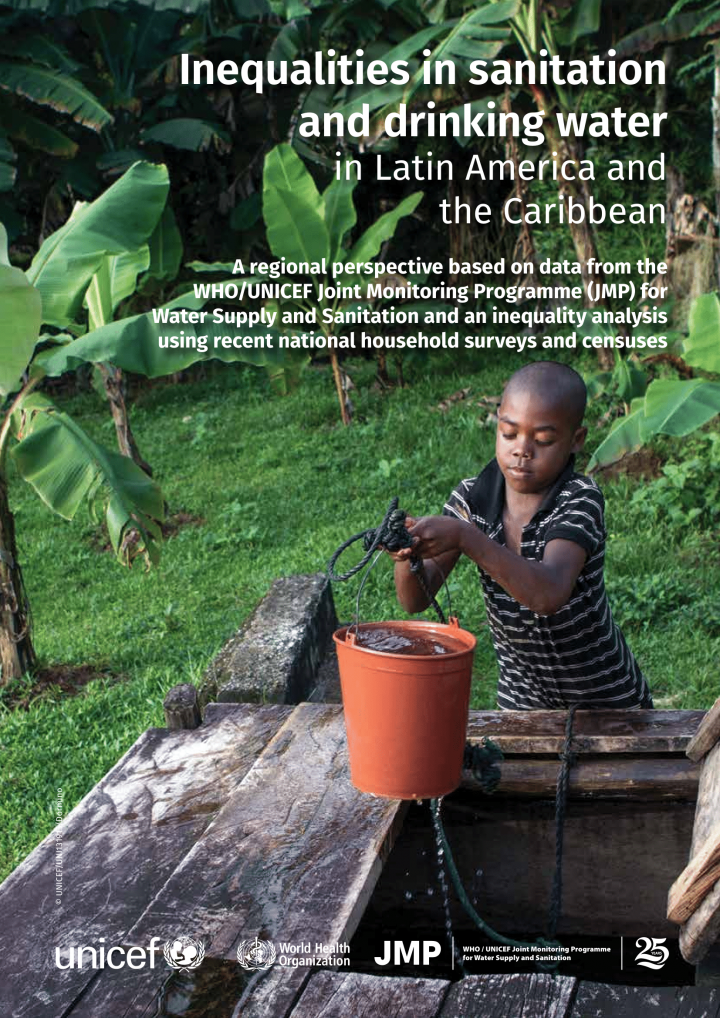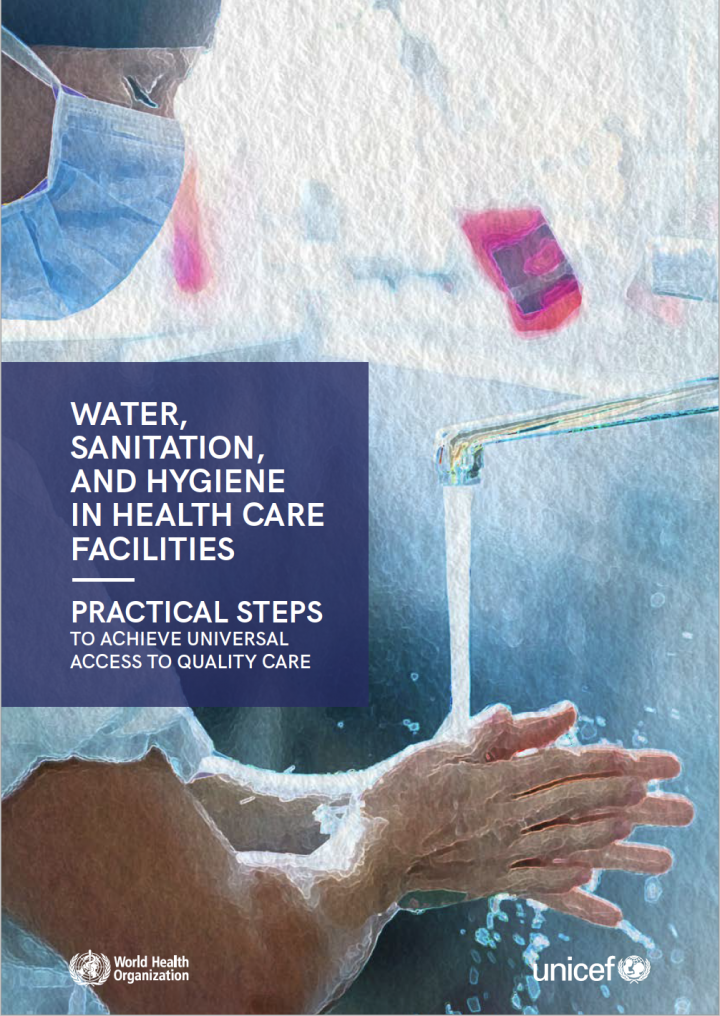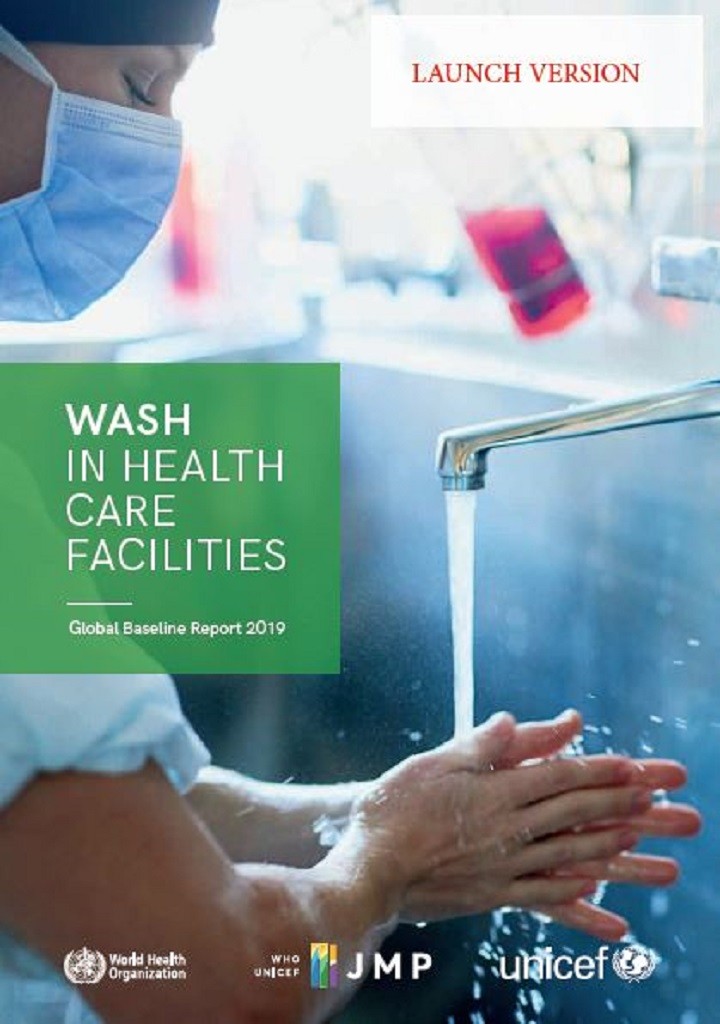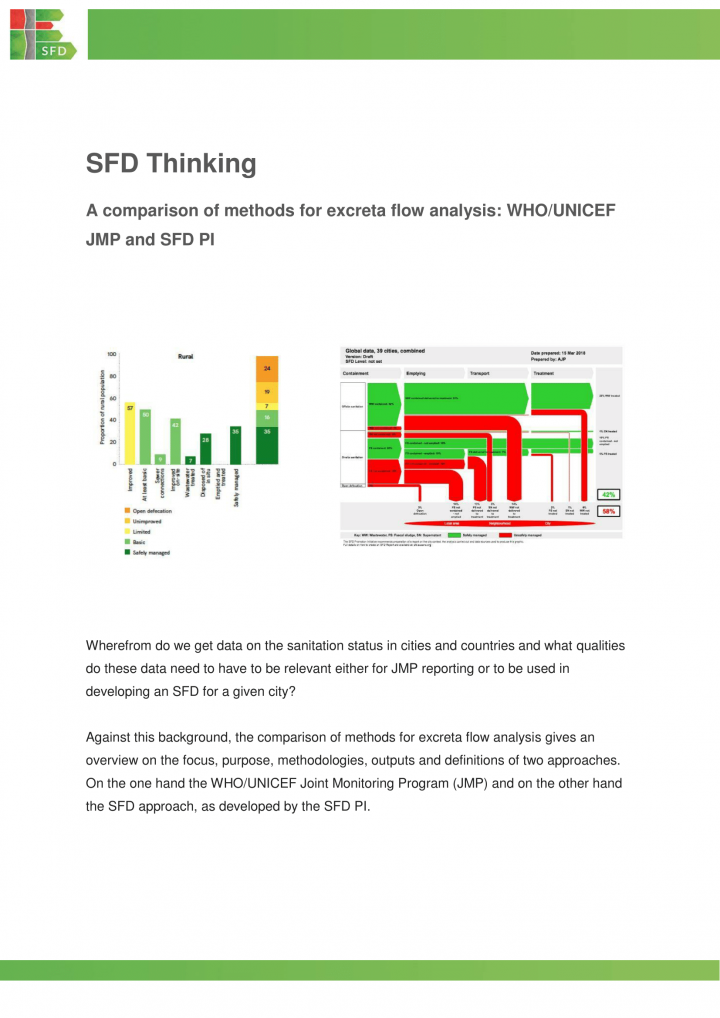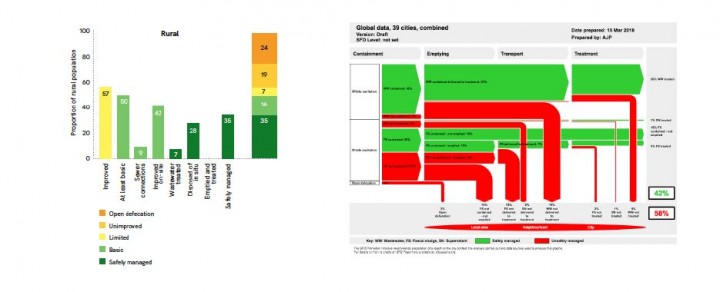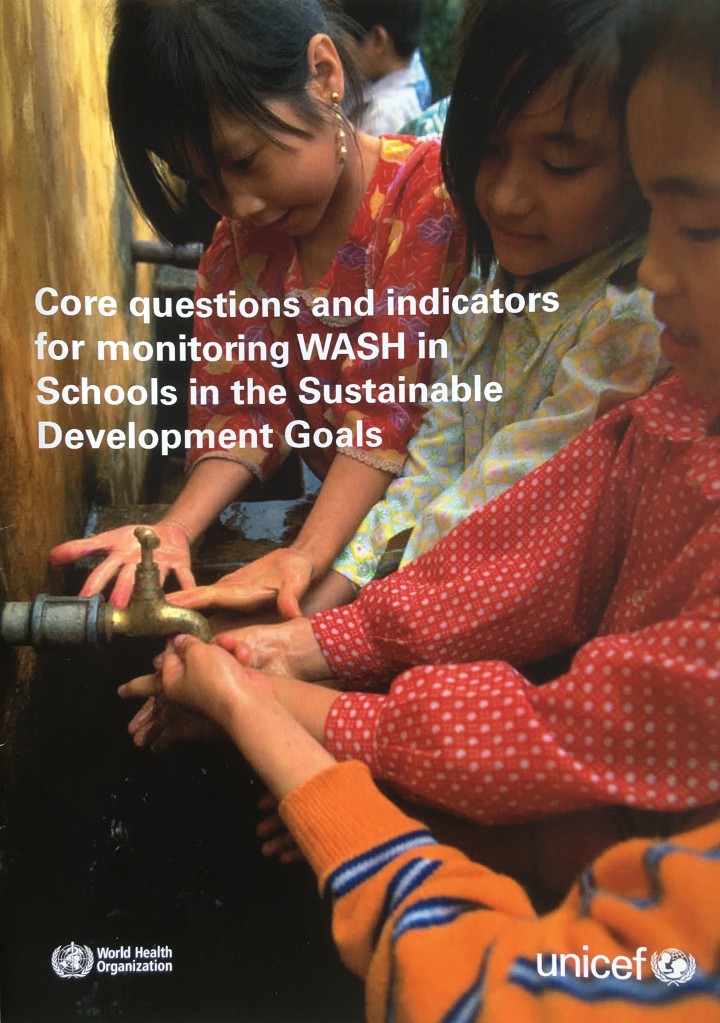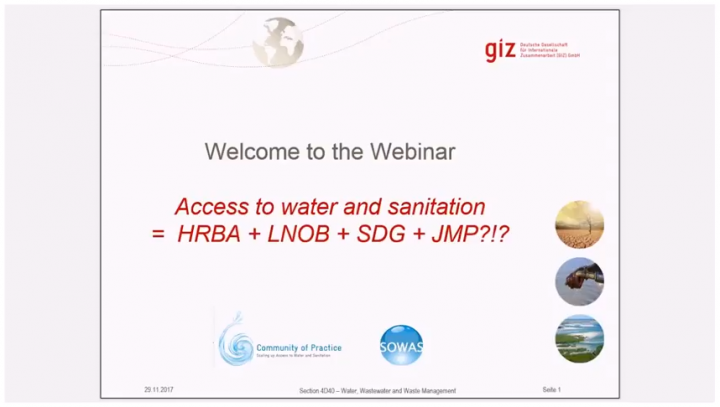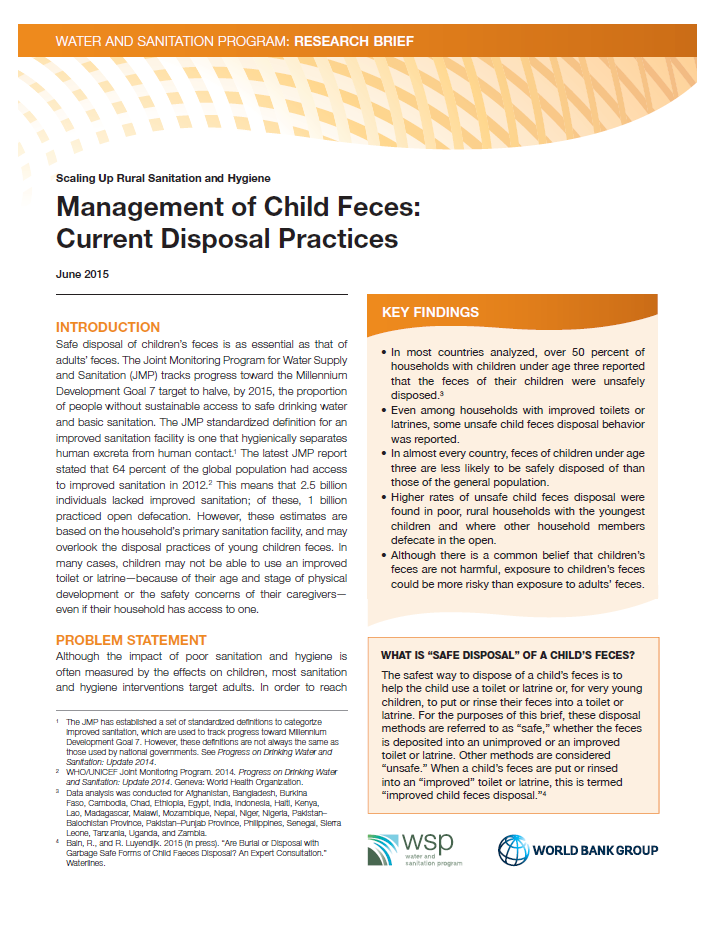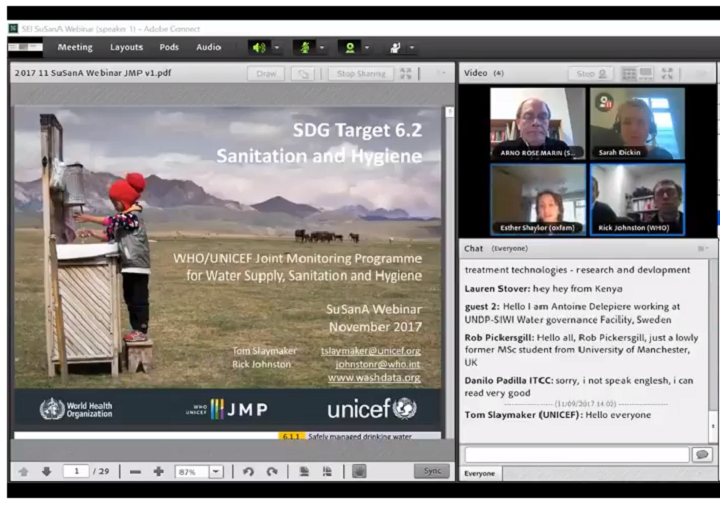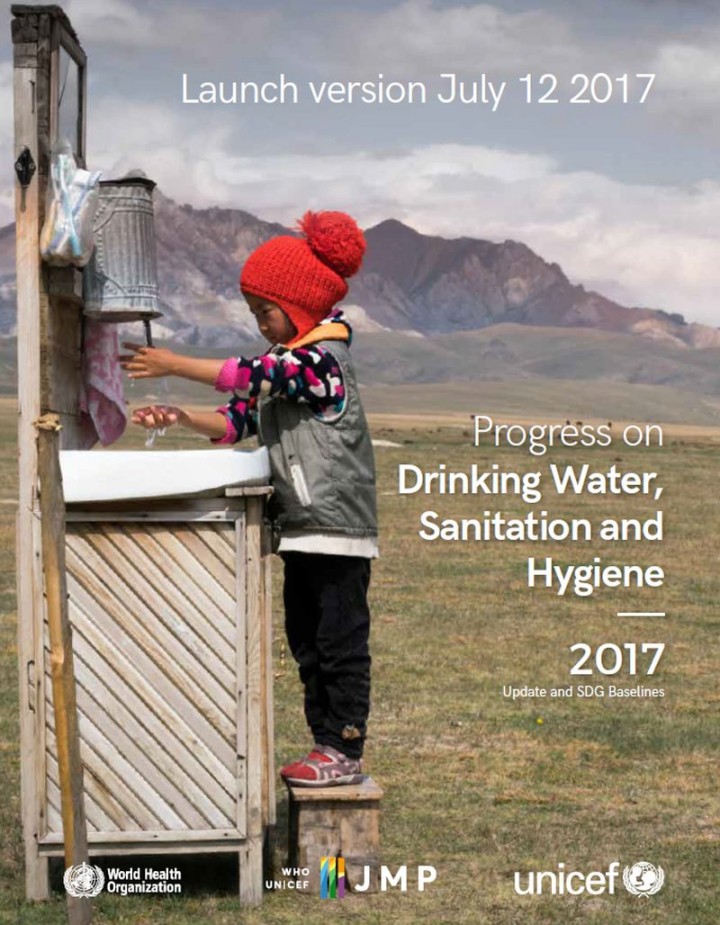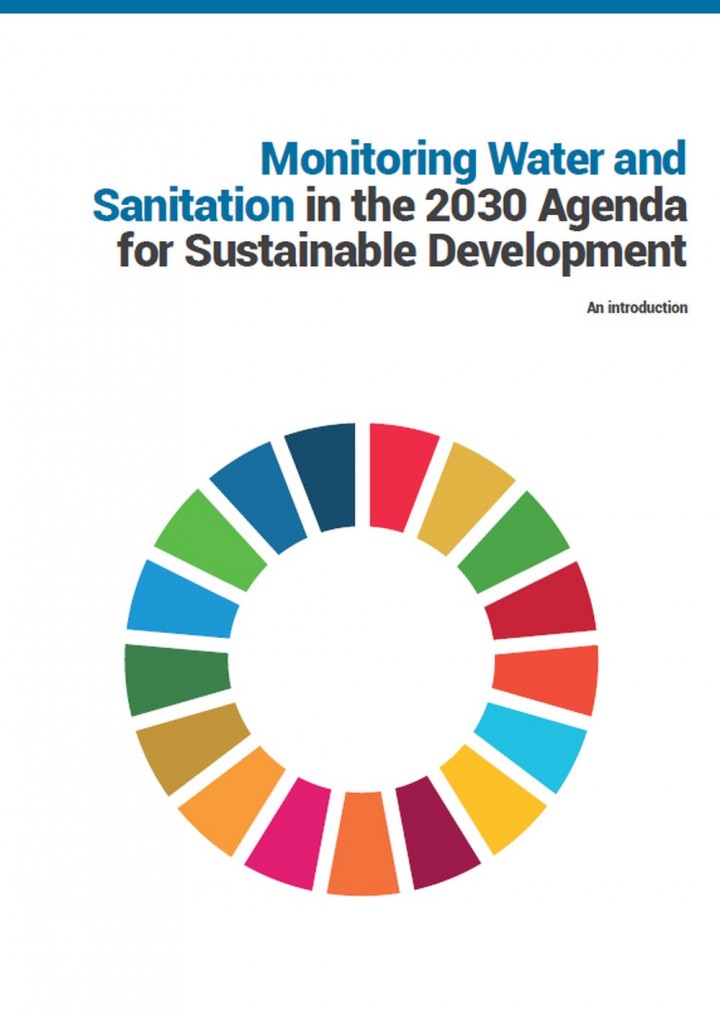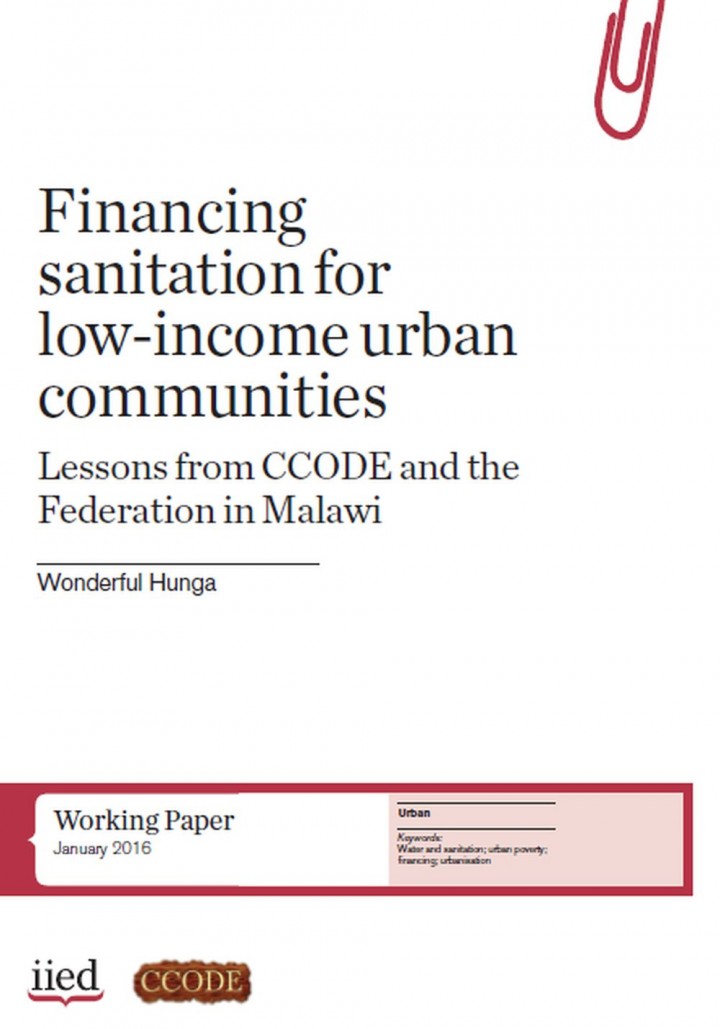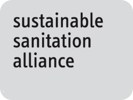WHO & UNICEF (2022) Progress on WASH in health care facilities 2000-2021: Special focus on WASH and infection prevention and control
The World Health Organization (WHO) and the United Nations Children’s Fund (UNICEF), through the WHO/ UNICEF Joint Monitoring Programme for Water Supply, Sanitation and Hygiene (JMP) release progress updates on WASH in households, WASH in schools and WASH in health care facilities every two years. This 2022 update presents national, regional and global estimates for WASH in health care facilities up to the year 2021, […]
WHO & UNICEF (2023) Progress on household drinking water, sanitation and hygiene 2000-2022: special focus on gender
"The 2030 Agenda for Sustainable Development called for ‘ensuring availability and sustainable management of water and sanitation for all’ under SDG6, and established ambitious new indicators for WASH services under targets 6.1 and 6.2. The SDG global target for sanitation and hygiene (6.2) includes an explicit reference to ‘paying special attention to the needs of women and girls’, but there remains a lack of commonly […]
Global MHH Monitoring Group (2022) Priority List of Indicators for Girls’ Menstrual Health and Hygiene: TECHNICAL GUIDANCE FOR NATIONAL MONITORING
There is growing global recognition of menstrual health and hygiene (MHH) as an important health, education, rights, and gender equality issue. As efforts to support MHH gain momentum globally, the lack of adequate validated indicators with related measures is a critical barrier to progress. At national level, the absence of standardized indicators and related measures limits understanding MHH circumstances across populations and over time. It […]
UNHCR (2020) WASH in Schools Checklist iRHIS
The UNHCR WASH Monitoring System includes monitoring of refugee schools following the Joint Monitoring Program (JMP) guidelines, model questions and standard indicators. All refugee schools should be surveyed at least once a year. Indicators are tracked on the Refugee WASH in Schools Dashboard.
Tillett, W., Jones, O., (2021) Rural Sanitation Programming in Challenging Contexts: A desk based review
Of the two billion people worldwide lacking access to at least basic sanitation, seven out of ten live in rural areas (JMP 2019). Progress has been made on increasing rural sanitation and access levels are rising, but challenges remain in reaching the ‘last mile’ or some 10 to 20 per cent of the population (Apanga et al. 2020; UNICEF 2015). The factors affecting the ability of […]
GIZ (2020) Fit for School Concept: Menstrual Hygiene Management (in English, Khmer and Nepali)
The GIZ Regional Fit for School Programme in cooperation with the Sector Programme “Sustainable Sanitation” has developed a MHM in Schools concept, which is modular, culturally adaptable and consists of a primary and secondary intervention package. This publication is providing a comprehensive concept on primary and secondary interventions that are needed for Menstrual Hygiene Management in schools. Components of MHM Capacity Development in Schools are […]
UNICEF and WHO (2019) Progress on household drinking water, sanitation and hygiene 2000-2017. Special focus on inequalities.
The World Health Organization and United Nations Children’s Fund (WHO/UNICEF) Joint Monitoring Programme for Water Supply, Sanitation and Hygiene (JMP) produces internationally comparable estimates of progress on drinking water, sanitation and hygiene (WASH) and is responsible for global monitoring of the Sustainable Development Goal (SDG) targets related to WASH. The JMP has recently published global baseline reports on WASH in schools (2018) and WASH in […]
Schlenk, J., Pizzacalla, K., Korb, C., Monse, B. (2019) Digital Monitoring Approaches to Trigger Action Making WASH in Schools more Sustainable (Volume III)
This publication is the follow up of the first and second volume of WASH in Schools best practices by SuSanA partners. This third volume focuses on the topic of monitoring and evaluation (M&E). The aim is to show how digital approaches for M&E can be used to trigger action for improvements in WASH in Schools. It introduces the WHO/UNICEF JMP core and expanded questions and indicators […]
Unicef, WHO, JMP (2016) LAC Snapshot WASH 2016
Quick look at water and sanitation in Latin America 2016 A regional perspective based on data from the WHO/UNICEF Joint Monitoring Programme (JMP) for Water Supply and Sanitation and an inequality analysis using recent national household surveys and censuses
WHO, UNICEF (2019) WASH in health care facilities Practical steps to achieve universal access to quality care
The purpose of this document is to present eight practical actions that Member States can take at the national and sub-national level to improve WASH in health care facilities. It also summarizes the global response to the UN Secretary General’s Call to Action. This document is a companion to the WHO and UNICEF JMP 2019 SDG baseline report for WASH in health care facilities (available […]
WHO and UNICEF (2019) WASH in Health Care Facilities Global Baseline Report 2019
The WHO/UNICEF JMP has expanded its global databases to include WASH in health care facilities. The 2019 global baseline report includes harmonized national estimates as well as regional and global estimates for 2016. The Key messages for sanitation are: In 2016: 1. 18 countries and only one SDG region had sufficient data to estimate coverage of basic sanitation services in health care facilities. 2. There were not enough […]
Peal, A. (2018) SFD Thinking - A comparison of methods for excreta flow analysis: WHO/UNICEF JMP and SFD PI SFD Promotion Initiative
Wherefrom do we get data on the sanitation status in cities and countries and what qualities do these data need to have to be relevant either for JMP reporting or to be used in developing an SFD for a given city? Against this background, the comparison of methods for excreta flow analysis gives an overview on the focus, purpose, methodologies, outputs and definitions of two […]
Andy Peal (2018) A comparison of methods for excreta flow analysis: WHO/UNICEF JMP and SFD PI
Wherefrom do we get data on the sanitation status in cities and countries and what qualities do these data need to have to be relevant either for JMP reporting or to be used in developing an SFD for a given city? Against this background, the comparison of methods for excreta flow analysis gives an overview on the focus, purpose, methodologies, outputs and definitions of two […]
WHO & UNICEF (2016) Core Questions and Indicators for Monitoring WASH in Schools in the SDGs
Through expert consultations, the JMP has developed core questions for monitoring water, sanitation and hygiene at home, schools and health centres. The document contains core and expanded indicators related and specific to MHM and infrastructure in schools.
GIZ (2017) CoP Scaling Up - Webinar: Access to Water and Sanitation = HRBA + LNOB + SDG + JMP?
On 29th November, 2017, the Section Water, Wastewater and Waste Management hosted a GIZ webinar on Access to Sanitation with following presentations: Nina Odenwälder - Access to Water and Sanitation = HRBA + LNOB + SDG + JMP? Dirk Schaefer - SDG Monitoring - Comparison of JMP's vs Kenya's reporting on urban water supply
WSP, UNICEF (2015) Management of Child Faeces: Current Disposal Practices Research Brief
Safe disposal of children’s feces is as essential as that of adults’ feces. The Joint Monitoring Program for Water Supply and Sanitation (JMP) tracks progress toward the Millennium Development Goal 7 target to halve, by 2015, the proportion of people without sustainable access to safe drinking water and basic sanitation. The JMP standardized definition for an improved sanitation facility is one that hygienically separates human […]
WHO and UNICEF (2017) Progress on Drinking Water, Sanitation and Hygiene - 2017 Update and SDG Baselines
The WHO/UNICEF JMP has published its first report of the SDG period, Progress on drinking water, sanitation and hygiene: 2017 update and SDG baselines. The report introduces and defines the new indicators of safely managed drinking water and sanitation services. Estimates of safely managed drinking water services, the indicator for SDG target 6.1, are presented for 96 countries, while estimates are provided for safely managed […]
Reidhead, W. (2016) Monitoring water and sanitation in the 2030 Agenda for sustainable development - an introduction (in English, French and Spanish)
This UN-Water publication presents the Integrated Monitoring of water and sanitation related targets (GEMI), being currently development. This initiative complements the monitoring work on water supply and sanitation which is conducted by the WHO/ UNICEF Joint Monitoring Pro-gramme (JMP) and the UN-Water Global Analysis and Assessment of Sanitation and Drinking-Water (GLAAS). These programs, JMP, GEMI and GLAAS will be responsible for global monitoring of progress […]
Hunga, W. (2016) Financing sanitation for low-income urban communities Lessons from CCODE and the Federation in Malawi
Like many other countries in the Global South, Malawi has failed to meet Millennium Development Goal (MDG) targets to improve access to sanitation. It has been estimated that only 25 percent of the country’s population has gained Access to improved sanitation since 1990 and access to it is a meagre 41 per cent, according to the latest Joint Monitoring Programme (JMP) Report (2015). By utilising […]
